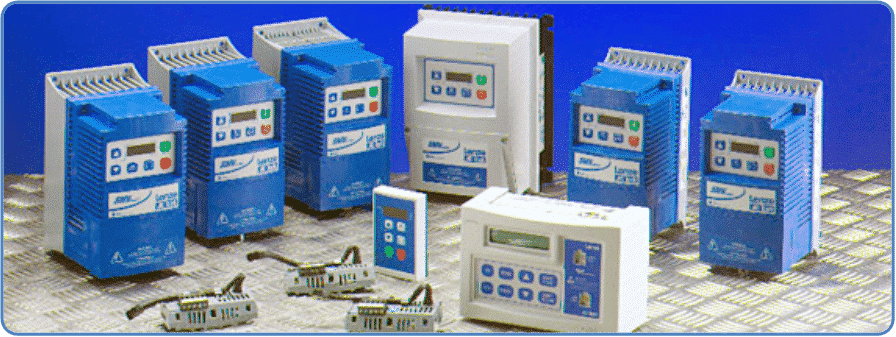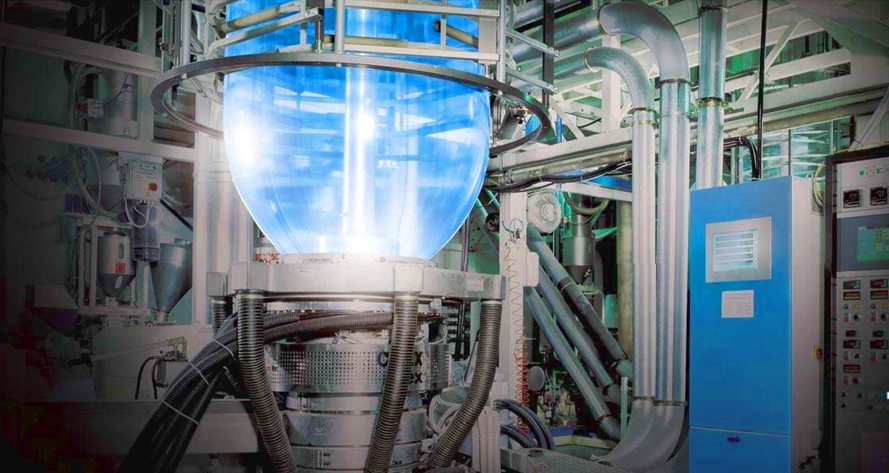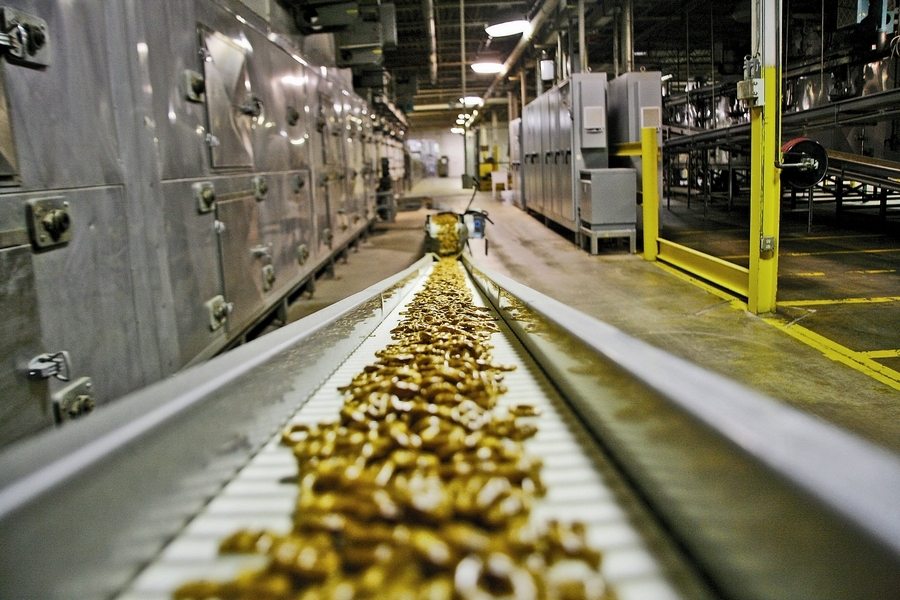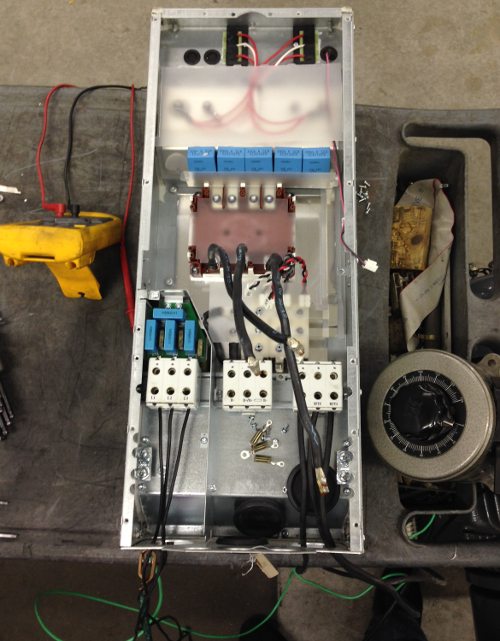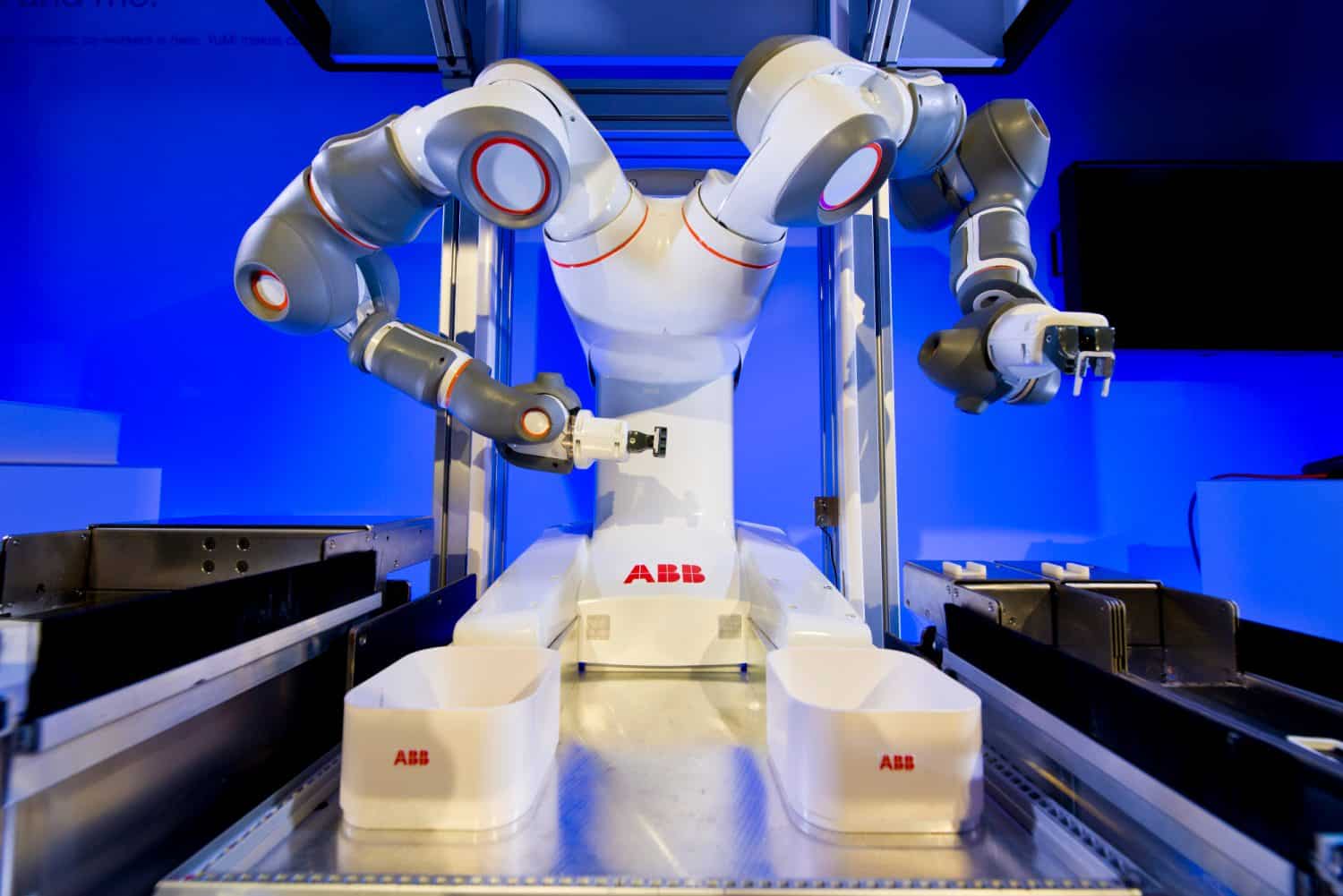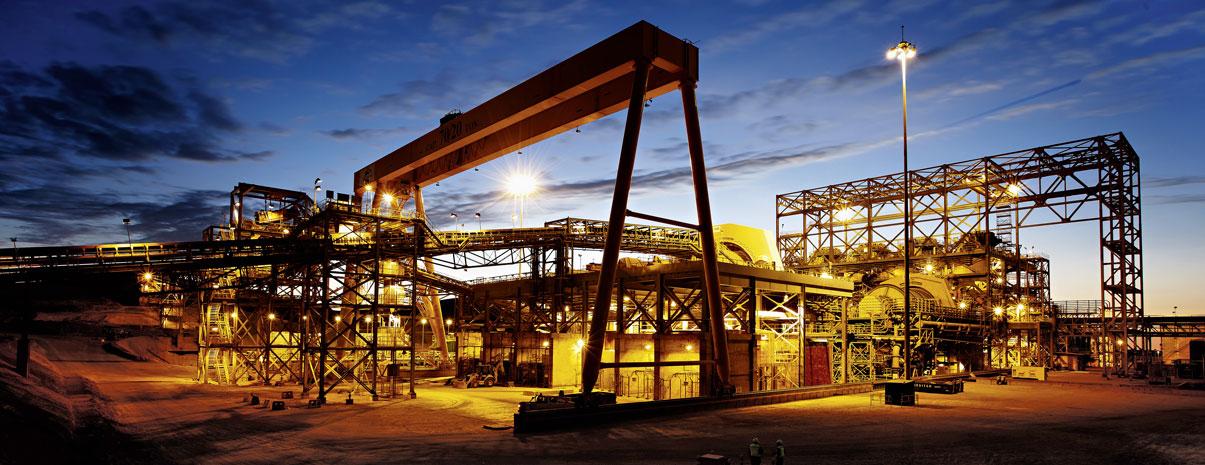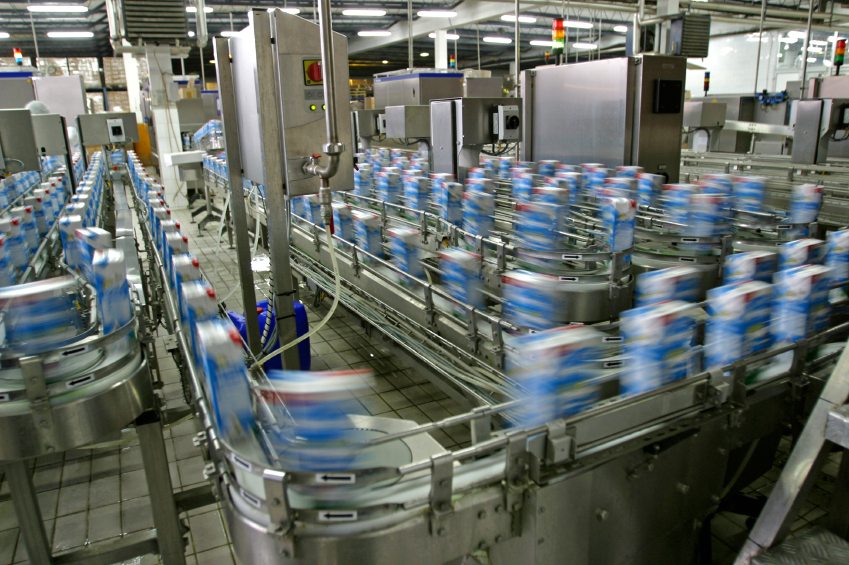Precision Electric Now Supplies ABB ACS550 Series Drives
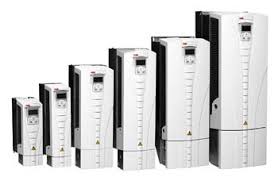 We’re pleased to announce the addition of ACS550 Series Variable Frequency Drives to our online sales product line. The ACS550 Drives is a long time player from the line of ABB variable frequency drives and go up to 550 horsepower. This drive is a great fit for users who are used to the ABB brand of variable frequency drives and are looking for a cost-effective solution for running their motor application.
We’re pleased to announce the addition of ACS550 Series Variable Frequency Drives to our online sales product line. The ACS550 Drives is a long time player from the line of ABB variable frequency drives and go up to 550 horsepower. This drive is a great fit for users who are used to the ABB brand of variable frequency drives and are looking for a cost-effective solution for running their motor application.
The ABB ACS550 Series drive finds it’s place as a mid-level applications drive. Typically it is used for open loop applications rather than closed loop. There is an optional encoder card though for users who find themselves in need of a closed loop setup of their motor and drive.
As with the majority of variable frequency drives out there, such as the SMVector, the ACS550 also comes with threeoperating modes. These operating modes include standard V / Hz control, variable torque controlandopen loop vector control. An integrated line filter (or EMC filter) comes standard onany model in an R2 frame or smaller. All boards are coated for harsh environments and each ACS550 includes a swinging choke for superior harmonic reduction.
If you find yourself wanting to know more information on the ACS550 drive simply swing by anyACS550 product page to learn more, you can also grab the manuals while you’re there to get an idea of how to setup your drive. One of the unique features of all ABB drives is the macro system for setting up applications, such as pumps or fans. Each drive comes with preset macros that make the configuration and startup the drive simple.
One confusing aspect of ABB drives is that they tend to come in two separate ratings. There is a “standard rating” and a “heavy duty rating” – heavy duty ratings are typically reserved for applications that are variable torque and may endure extreme loads for up to 10 minutes. To be exact, the ACS550 heavy duty ratings allow for 150% short term overload ratings from 1 to 10 minutes. Since we aren’t always able to know the application our customers are implementing these drives into all ratings at our site are specified at heavy duty.
The ACS800 variable frequency drive is a newer product for those looking for a possible replacement or upgrade of their ACS550 drive. The ACS800 is defined by us as an applications drive. This drive has just about every feature a modern variable frequency drive can have. This includes the integration of a full range of applications and extensive quantity of accessories to make it compatible with almost any industrial system. For the longest time the ACS800 has been ABBs go to drive.

